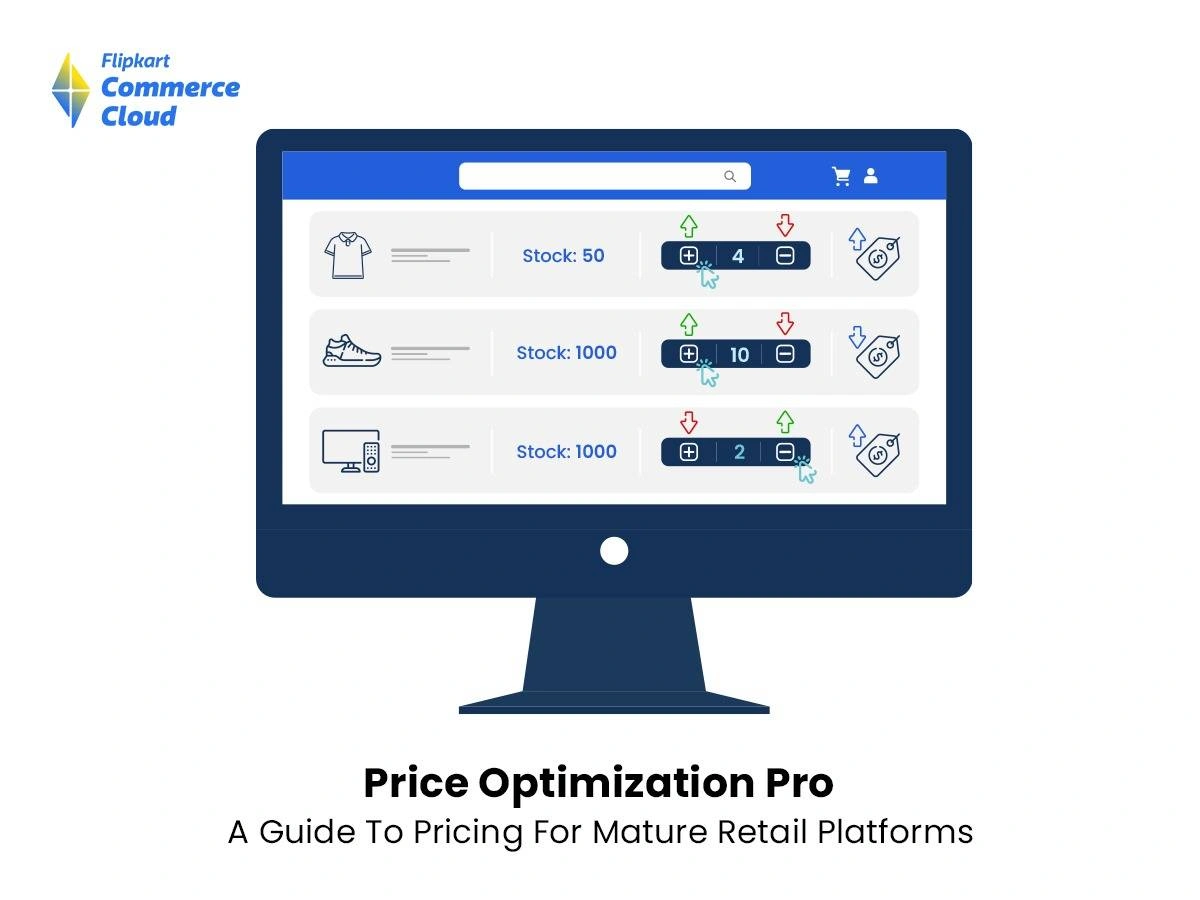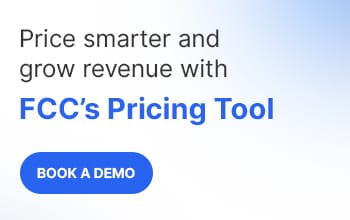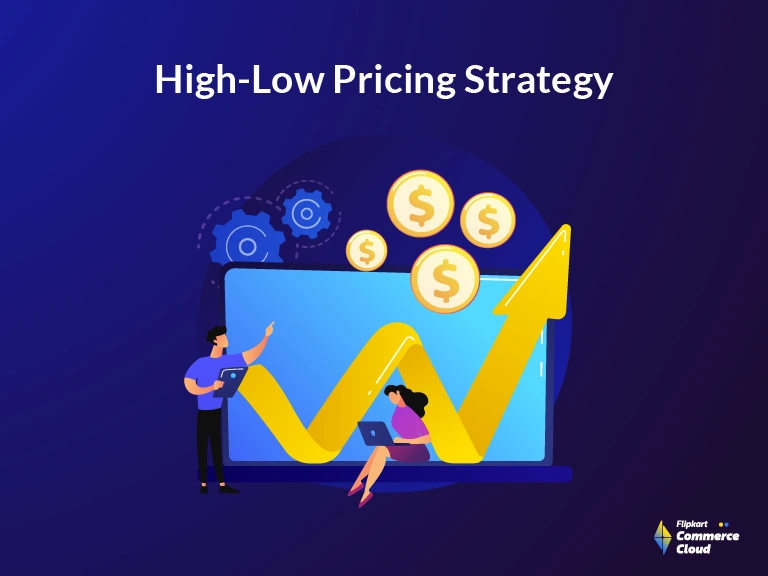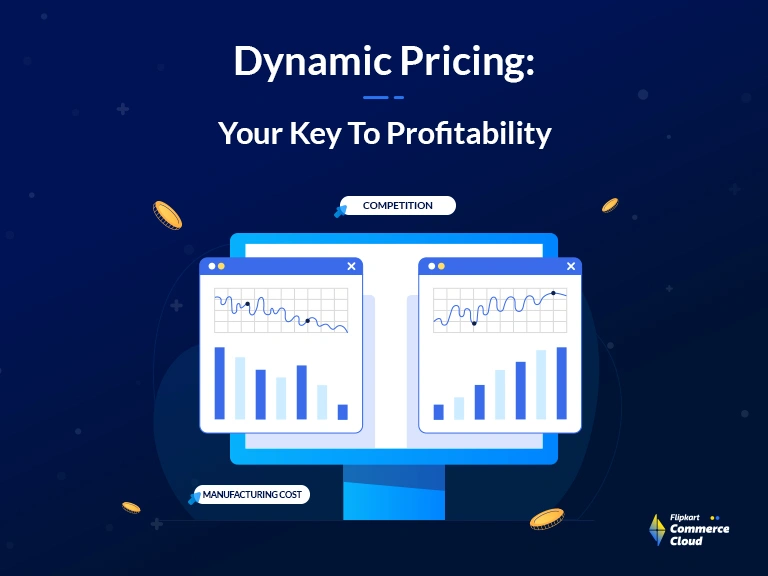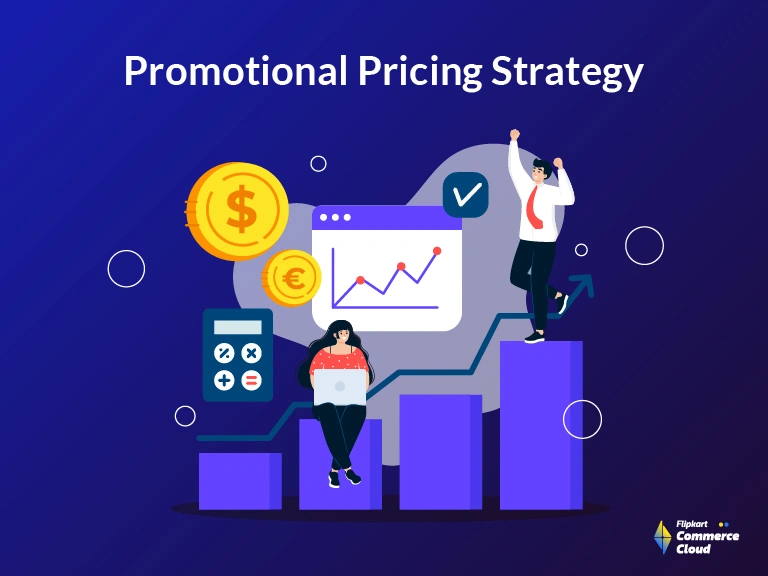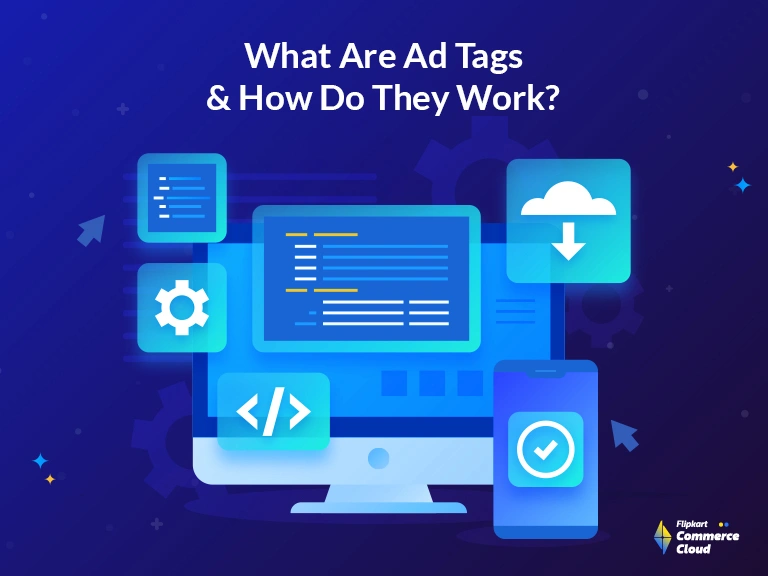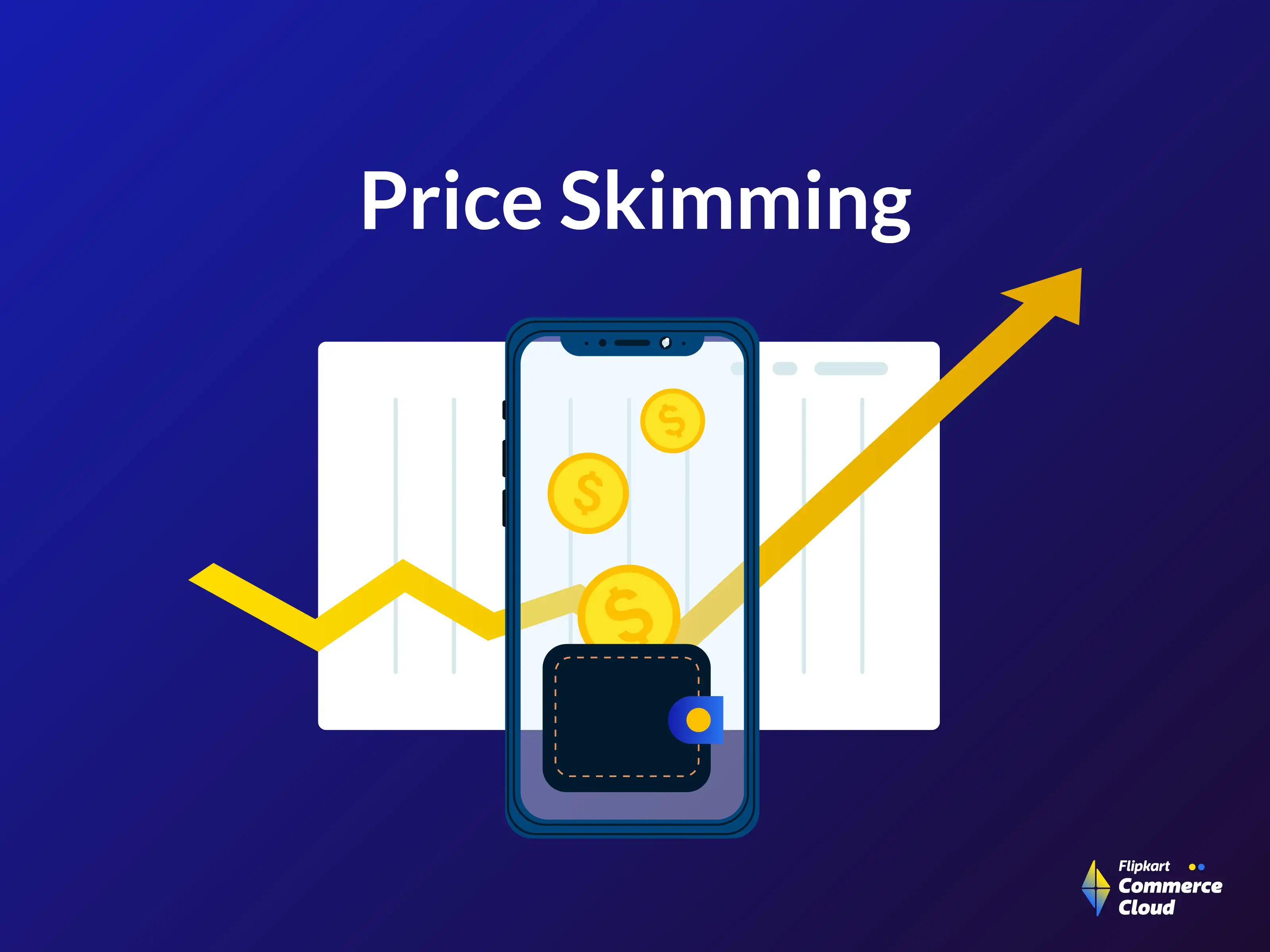Among the most challenging aspects of retail management is price control. A tiny price increase may greatly influence product consumption and your brand. As a result, the most prosperous businesses prioritize price optimization.
Finding the perfect balance between essential and profitable is the key to successful pricing optimization – a balance that may significantly influence your revenue, customer happiness, net profits, and feasible growth objectives.
However, price optimization takes a lot of work. Understanding your clients and your brand demands analysis. And while it can be challenging, determining the ideal price for your product or service is easy, particularly if you have the necessary tools and a solid grasp of basic pricing ideas.

Decoding Price Optimization For Retail
Price optimization is the technique of generating better revenue by understanding the competition’s strategy and analysing your own targets and organisational goals. The systems integrate powerful predictive modelling tools with optimizers to produce effective decision support systems. The systems integrate powerful predictive modelling tools with optimizers to produce effective decision support systems.
The system assists businesses in developing price plans and managing clearance cycles more effectively. The pricing software are intended to boost profit margins while controlling pricing fluctuations caused by rival price changes, price hikes, or deteriorating inventories. Retailers who use price optimization tools can set pricing based on previous, competitive, and consumer demand data, in addition to other quantitative considerations.
Businesses that fail to optimize their pricing risk losing out on significant topmost benefits. Price optimization can result in substantial returns on investment. The benefit comes from shifting from a standard two-tiered pricing system with regular and reduced clearance products to a multi-tiered scheme, with prices dropping solely due to sales.
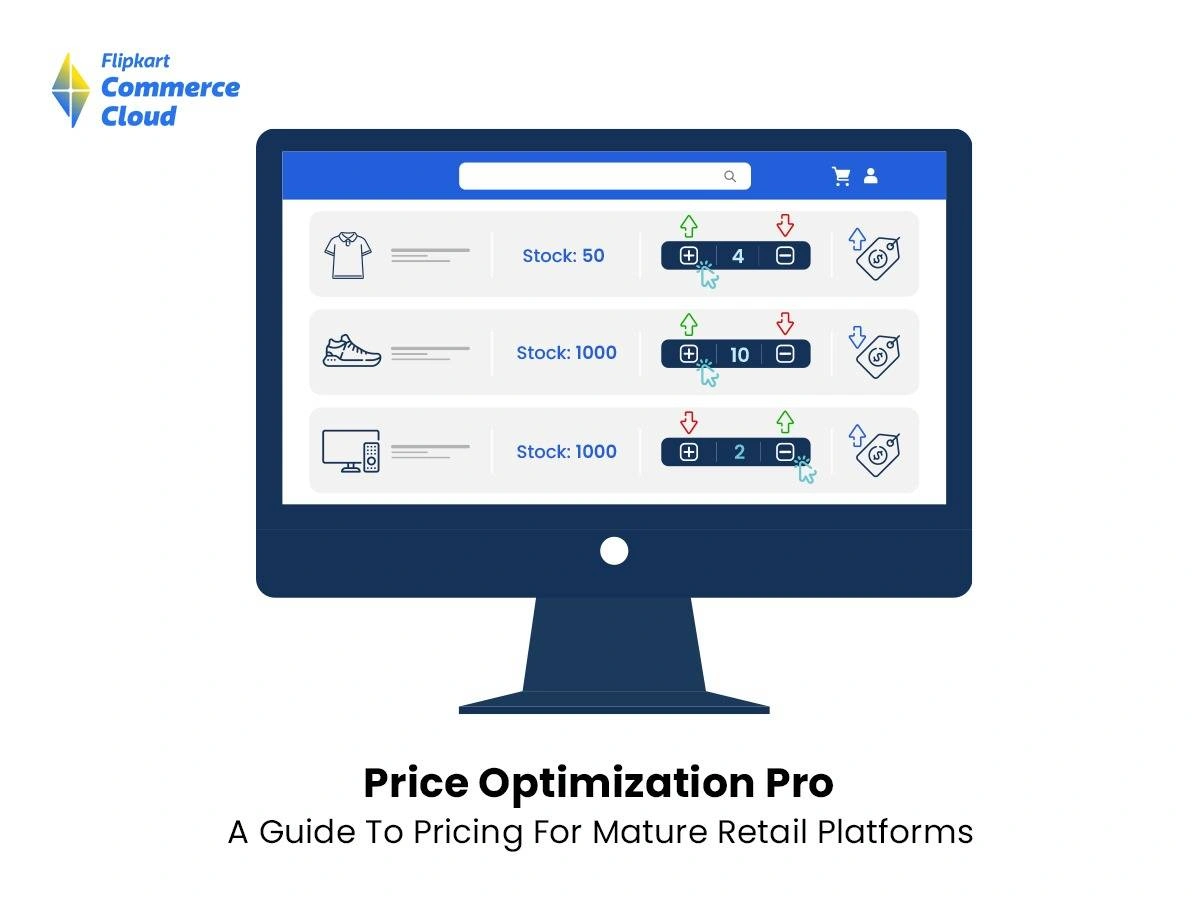
The Formula For Price Elasticity Of Demand
Price elasticity is a fundamental economic principle that any entrepreneur or sales expert should master. Knowing the price elasticity of your retail products is critical for predicting successfully, developing a solid pricing strategy, and constructing a dynamic, successful business.
Price Elasticity of Demand = Percentage change in quantity demanded / Percentage change in price.
Price elasticity provides crucial data on how to price your products and services.
If your product’s pricing is elastic, you must be careful about boosting pricing since a price rise will seriously influence sales and supply. However, if your product is price inelastic, you can modify your pricing with less hesitation because the adjustment will have a lower influence on both demand and supply.
Since we’ve discussed how pricing elasticity affects your business, let’s dig a little further into price optimization.
How Can Retail Platforms Optimize Product Pricing?
Retailers must be aware of the critical barriers to effective deployment, which include data integrity difficulties, operational difficulties, a lack of internal synergy, a high ownership cost, and technology partner risk.
Knowing your customers is the first step in determining the proper pricing for a product or service. Let’s get a better understanding of price planning and optimization.
Investigate The Data
Price optimization isn’t a guessing game; it requires hard facts to be done correctly. This comprises qualitative and quantitative data to determine how much people will spend on your products.
Quantitative data comprises demographics, psychographics, inventories, supply and demand, past market characteristics, sales statistics, bounce rates, product attributes, and price elasticity.
Qualitative data is also essential. Customer surveys are a fantastic place to start when gathering information, but it’s also crucial to interact with current and future customers.
Keep Track Of Your Objectives And Restrictions
Usually, organizations seeking to optimize pricing have profit-oriented aims, although profit is only one of many targets that could be met by identifying the optimal price. Customer loyalty, increasing sales, and acquiring new consumers are all feasible objectives.
Establish your objectives and restrictions to acquire a clear picture of your aim.
Understand Your Value Metric
Customers should be charged in accordance with the value they receive from your product or service. What and how you price your product becomes your value measure.
You may charge for certain functionalities, customer interactions, or server sessions if you offer software.
Choosing the appropriate value metric is critical for price optimization since it demonstrates how customers value your product and how much you can ask for the value you provide.
Set Up Price Levels
Once you’ve collected your customer data and value metric, it’s time to create price levels for your product or service. Each level should correlate to a customer group discovered via research and coincide with your value metric.
Price optimization is not something you learn once and then forget for a lifetime. It is constantly evolving and being optimized. As you add new services, expand into new areas, and gain new customers, it’s a good idea to examine your price every one to two years to determine if it’s still ideal.
Constant Price Monitoring
Build up a data collection system to ensure that your value is in line with your consumers’ demands and price expectations. If the data indicates it’s time to alter, don’t hesitate to rethink your pricing plan. Don’t alter rates too rapidly or frequently, as this might irritate existing consumers or turn off future customers.
Price Optimization Models
Price Optimization Models are sophisticated algorithms that analyze the shift in demand at different price levels and correlate the outcomes with cost and stock data to construct optimal pricing and boost profits.
To facilitate successful price optimization, you must tailor your model to the business indicators you want to influence. Price optimization models that are effective also consider your clients’ psychology. There are several nuanced aspects that impact consumer purchasing decisions, and leveraging behaviour and psychology to drive price decisions is an excellent method to meet your customers where they are.
To utilize a model efficiently, follow these instructions:
- Evaluate the functionalities, data processing, and results while choosing a modelling tool. Price trackers can reveal which value propositions customers favour and assist you in developing a customer profile for market categorization.
- Compile information such as previous pricing and promotions, competition prices, inventories, seasonal and regional factors, fixed and variable expenses, and consumer profiles.
- Set guidelines to govern the modelling process to ensure your price targets are met.
- Assemble the findings and discuss them with your pricing team. Ascertain that everyone agrees on the following measures for implementing the pricing plan.
- Analyze outcomes and accumulate new data to run the algorithm and improve price indefinitely.
Why Is Machine Learning Essential In Price Optimization?
Manual processes make price optimization at this stage challenging. Machine learning helps successful pricing optimization models by integrating massive amounts of data and many factors spanning from user-level specifics to the large picture worldwide. In addition, one of the critical advantages of machine learning-powered pricing optimization models is their capacity to adapt over time.
Since machine learning models can gain from their own accomplishments, they become increasingly adept at discovering the optimal pricing that entices participants to buy at any given time or in any particular market.
Flipkart Commerce Cloud brings together these first principles of pricing and the experience of 15+ years in retail in one tool: The Pricing Manager. Our secret sauce applies ML & Game Theory at the core of its optimisation strategy. Building a dynamic pricing engine that works with the analytics and category teams to build a bespoke and mature pricing strategy for large-scale retail platforms.
Conclusion
The true benefit will not be realized unless proper inventory and restocking planning models, as well as organization management and retail operational tools, are used to guarantee that retail staff executes through essential steps to ensure optimal pricing and promotion fulfilment.
There are several strategies for retailers to increase sales while maintaining good profits. All of these techniques need the use of price optimization methods, such as data management, computational decision-making, and expert oversight.
